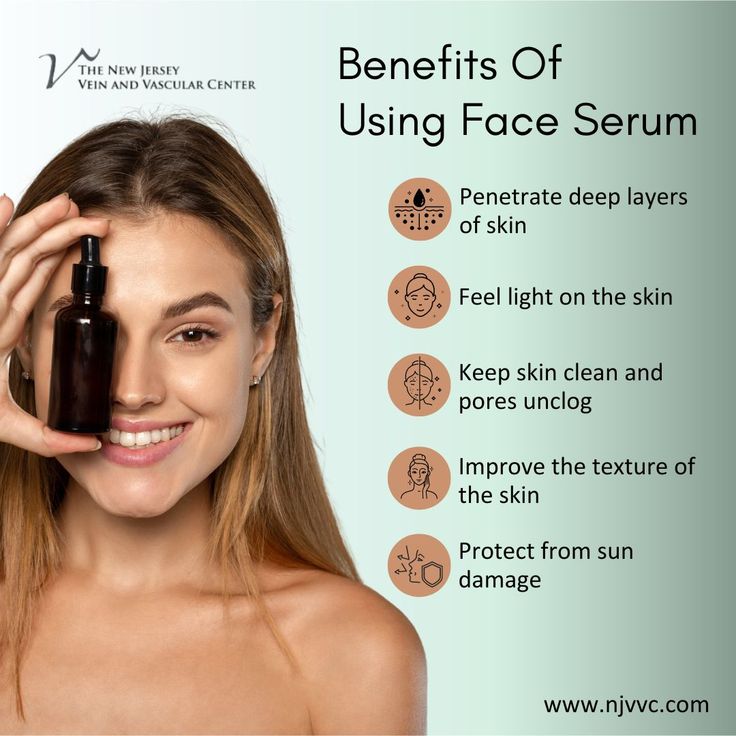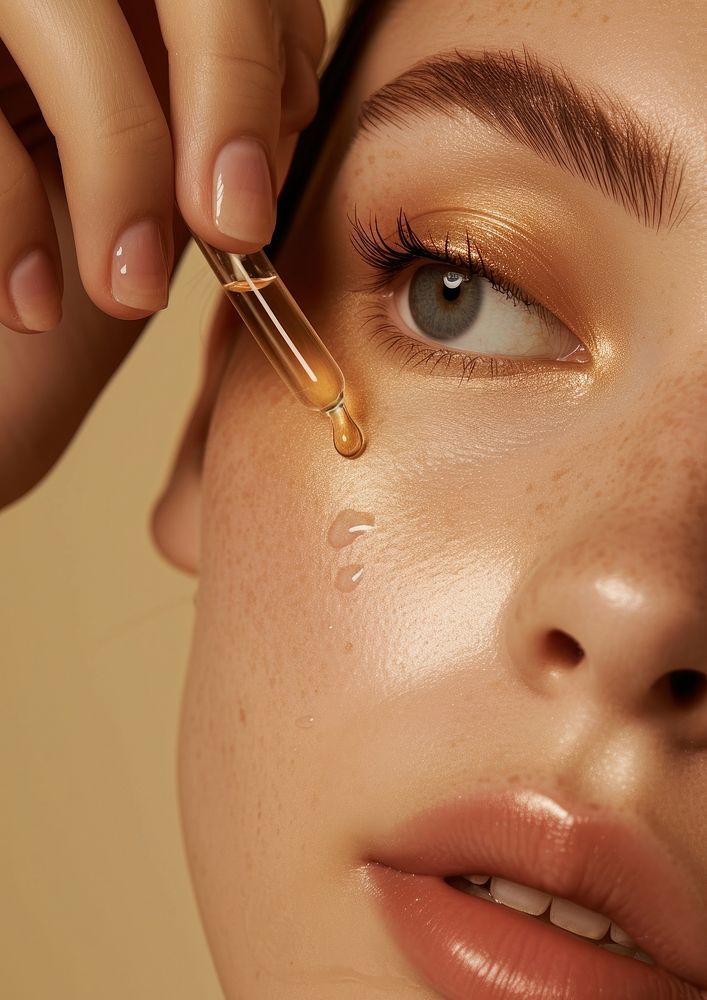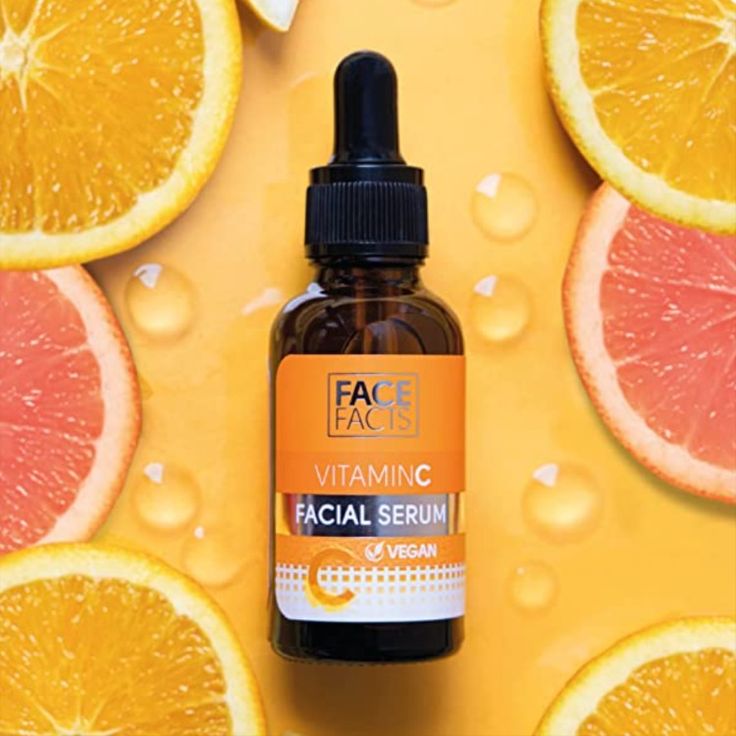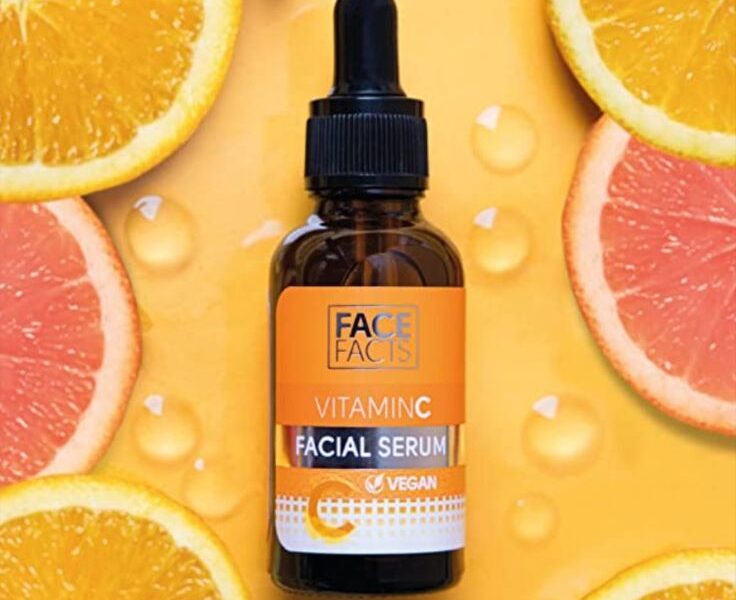The Complete Guide to Face Serums: Benefits, Types, and How to Use Them

In the ever-evolving world of skincare, face serums have emerged as one of the most popular and powerful products. They promise to address a variety of skin concerns, from acne to aging, pigmentation to dehydration. With their concentrated formulas and potent ingredients, face serums have found their way into almost every skincare routine, claiming their place next to moisturizers and sunscreens. But what exactly is a face serum, and why should you use one? Let’s dive deep into the world of face serums and explore their benefits, different types, and how to use them to get the most out of your skincare regimen.
What is a Face Serum?
A face serum is a lightweight, fast-absorbing liquid skincare product designed to deliver high concentrations of active ingredients to the skin. Unlike moisturizers, which provide hydration and form a protective barrier, serums are created to target specific skin concerns more intensely. The formula is typically thinner, and the active ingredients—such as vitamins, antioxidants, peptides, and acids—penetrate deeper into the skin for more effective results.
Serums often come in small bottles due to their potent ingredients and concentrated nature. While they may look similar to facial oils, serums tend to be water-based, meaning they absorb quickly and leave no greasy residue. This allows serums to be layered under other products like moisturizers or sunscreens.

Why Should You Use a Serum?
Face serums are effective because of their high concentration of active ingredients that directly address skin concerns. Here are some reasons why you should consider incorporating a face serum into your skincare routine:

1. Target Specific Skin Issues
Serums are formulated to address a variety of skin concerns. Whether you’re dealing with acne, fine lines, dark spots, uneven texture, or dehydration, there is a serum for almost every skin problem. By selecting a serum with ingredients that target your specific concerns, you can see faster, more noticeable results.
2. High Potency of Active Ingredients
The active ingredients in serums are typically more potent than those in other skincare products like moisturizers. This means that serums can deliver more powerful results in a shorter amount of time. For example, a vitamin C serum can help brighten the skin and even out pigmentation, while a hyaluronic acid serum provides deep hydration.
3. Lightweight Texture
Because serums are generally lighter in texture compared to creams or oils, they are easily absorbed by the skin. This makes them ideal for those with oily or combination skin types, as they provide intense hydration and treatment without feeling heavy or greasy.
4. Layering with Other Products
Serums can be seamlessly integrated into your existing skincare routine. They are typically applied after cleansing and toning, but before moisturizing. Because of their lightweight consistency, they can easily be layered with other products like oils or moisturizers, without feeling overly heavy.
5. Faster Results
Due to their concentrated nature, serums are designed to penetrate the skin more effectively than other skincare products. This means that you can often see visible improvements in your skin within a shorter time frame.
Types of Face Serums
There is a wide range of face serums available, each formulated with specific active ingredients to target different skin concerns. Here are some of the most common types of serums and the skin issues they help address:
1. Hydrating Serums
These serums are typically formulated with humectants like hyaluronic acid, glycerin, and aloe vera to provide deep hydration to the skin. Hydrating serums are ideal for individuals with dry, dehydrated, or dull skin. Hyaluronic acid, in particular, draws moisture from the environment into the skin, leaving it plump, smooth, and refreshed.
Best for: Dry, dehydrated, or dull skin.
2. Anti-Aging Serums
Anti-aging serums are formulated with ingredients like retinol, peptides, and antioxidants (such as vitamin C, vitamin E, and ferulic acid) to reduce the appearance of fine lines and wrinkles. These ingredients work by promoting collagen production, increasing cell turnover, and protecting the skin from environmental damage. Retinol is especially effective in treating signs of aging, though it can be irritating for sensitive skin, so it’s best to start with lower concentrations and gradually build up usage.
Best for: Mature skin or those looking to prevent the signs of aging.
3. Brightening Serums
Brightening serums contain ingredients like vitamin C, licorice extract, and niacinamide that help even out skin tone and reduce the appearance of dark spots, hyperpigmentation, and sun damage. Vitamin C is one of the most popular ingredients in brightening serums due to its ability to lighten skin and protect against free radical damage.
Best for: Dull skin, uneven skin tone, or hyperpigmentation.
4. Acne-Fighting Serums
Acne-fighting serums are packed with ingredients like salicylic acid, benzoyl peroxide, niacinamide, and tea tree oil. These serums are designed to reduce inflammation, unclog pores, and balance oil production. Salicylic acid, a beta-hydroxy acid (BHA), helps to exfoliate the skin and clear out clogged pores, making it a favorite for treating acne-prone skin.
Best for: Oily, acne-prone, or congested skin.
5. Exfoliating Serums
Exfoliating serums use alpha-hydroxy acids (AHAs) like glycolic acid or lactic acid to gently exfoliate the skin’s surface. These acids help remove dead skin cells, revealing a brighter, smoother complexion. Exfoliating serums can also help improve the texture of the skin and reduce the appearance of fine lines over time.
Best for: Uneven skin texture, dull skin, and clogged pores.
6. Firming Serums
Firming serums are formulated to tighten and tone the skin. They often contain ingredients like peptides, vitamin C, and collagen-boosting compounds to promote a more lifted, youthful appearance. These serums are ideal for individuals looking to improve skin elasticity and combat sagging or loss of firmness.
Best for: Mature skin or those experiencing loss of skin firmness.
How to Use a Face Serum
To maximize the benefits of a face serum, it’s important to use it properly within your skincare routine. Here’s how to incorporate a serum into your regimen:
1. Cleanse Your Skin
Before applying any serum, always start with a clean face. Use a gentle cleanser suitable for your skin type to remove dirt, oil, and makeup. This ensures that the serum can penetrate your skin effectively without any barriers.
2. Apply Toner (Optional)
After cleansing, you may choose to apply a toner. Toners help balance the skin’s pH and prepare it for better serum absorption. This step is optional but can be helpful for enhancing the effectiveness of your serum.
3. Use the Right Amount of Serum
Typically, 3-5 drops of serum are enough for your entire face. Most serums come with a dropper for easy application. Apply the serum evenly to your face and neck, avoiding the eye area unless specified otherwise.
4. Massage Gently
Using your fingertips, gently massage the serum into your skin in an upward and outward motion. Be careful not to rub too hard, as the skin on your face is delicate. Allow the serum to absorb fully before moving on to the next step.
5. Moisturize
After the serum has absorbed into your skin, apply your moisturizer. This step helps to lock in the hydration and active ingredients from the serum, ensuring they continue to work effectively.
6. Apply Sunscreen (Daytime)
If you are applying the serum in the morning, always finish with a broad-spectrum sunscreen with SPF 30 or higher. Many serums, especially those with active ingredients like retinol or vitamin C, can make your skin more sensitive to the sun, making sunscreen a crucial step in your routine.

Tips for Choosing the Right Face Serum
When choosing a face serum, it’s important to consider your skin type and concerns. Here are some tips for selecting the best serum for your needs:
- Know your skin type: Whether you have dry, oily, combination, or sensitive skin will affect which serum you should choose. For example, if you have oily skin, look for lightweight, water-based serums, while those with dry skin might benefit from richer, more hydrating formulas.
- Check the ingredients: Always check the ingredients list to ensure that the serum is formulated with ingredients that address your specific skin concerns. For example, look for niacinamide and salicylic acid if you have acne-prone skin or retinol and peptides if you’re targeting signs of aging.
- Start slow: If you’re trying a new serum, especially one with active ingredients like retinol or acids, introduce it gradually to avoid irritation. Start with every other night and slowly increase usage as your skin builds tolerance.
- Be consistent: Serums deliver the best results with regular use. Make sure to apply your serum daily for a consistent period of time to see noticeable improvements.

Conclusion
Face serums are powerful tools in skincare routines, packed with potent ingredients that deliver targeted results. Whether you’re looking to hydrate, brighten, fight acne, or tackle signs of aging, there’s a serum that can address your needs. By understanding how to choose the right serum and incorporating it properly into your routine, you can maximize the benefits and achieve healthier, glowing skin.
